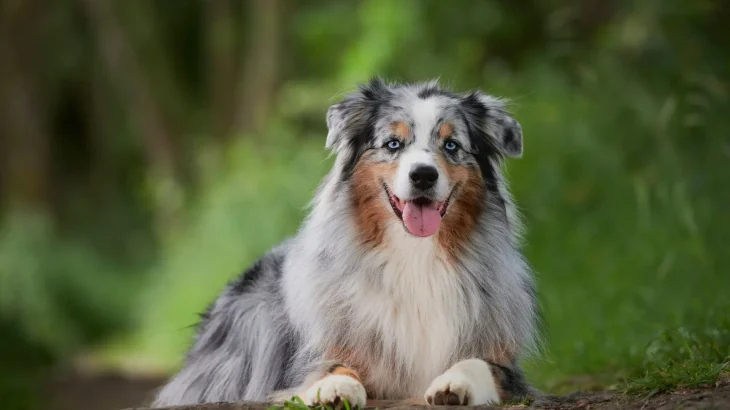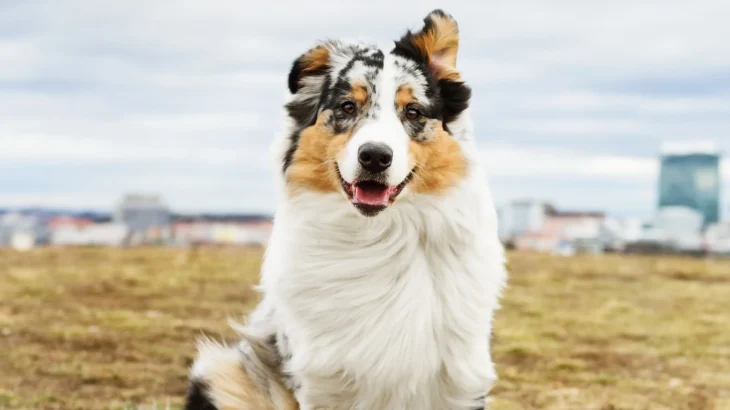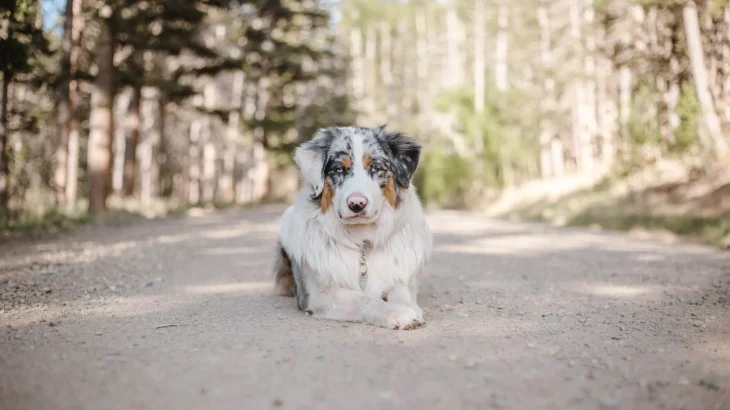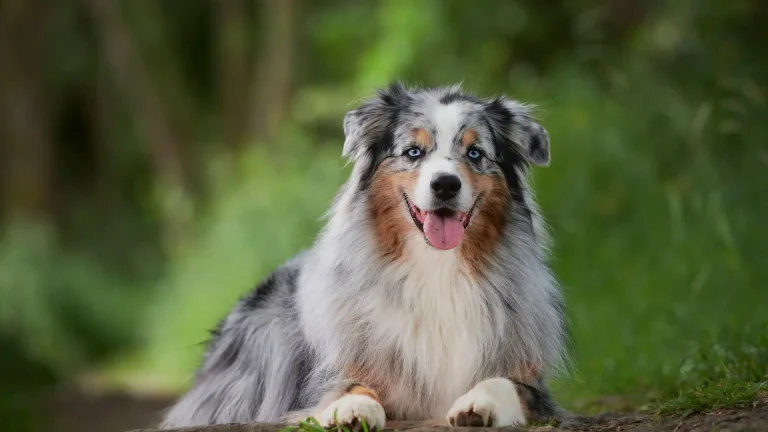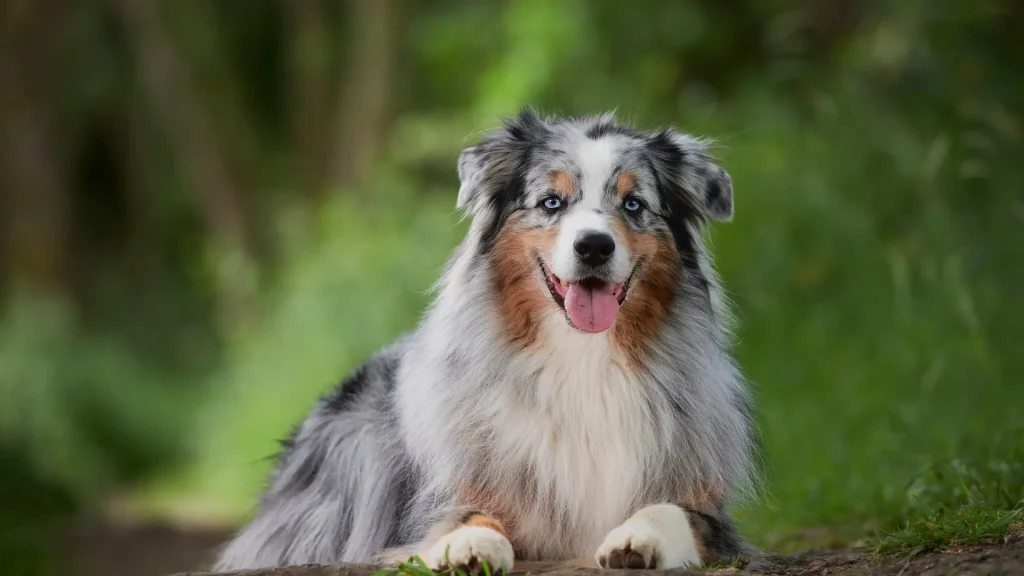Deciding whether to adopt or buy an Australian Shepherd puppy depends on what you value most—be it known lineage and health details or providing a loving home to a dog in need. Both options have unique benefits and considerations, especially regarding breed-specific concerns like genetic health and temperament.
Adoption vs. Breeder: Pros & Cons
| Criteria | Buying from Breeder | Adopting from Shelter/Rescue |
|---|---|---|
| Cost | Higher costs (often $800-$2,000+), reflecting pedigree and breeding expenses. | Lower fees (often $100-$400), usually covering some veterinary care. |
| Health History | Comprehensive health screening and genetic testing common. | Health history may be limited or unknown; shelters provide basic health checks. |
| Age Availability | Usually puppies available for early socialization and training. | Wide age range, including adults and seniors. |
| Temperament Insight | Breeders offer insights on parents' temperaments and puppy behavior. | Shelters provide observed behavior info but often lack full background. |
| Supporting Practices | Supports responsible breeding focusing on breed standards. | Supports animal welfare and reduces shelter overcrowding. |
| Risk of Genetic Disorders | Reduced risk due to genetic testing and selective breeding. | Potentially higher risk due to unknown genetic backgrounds. |

